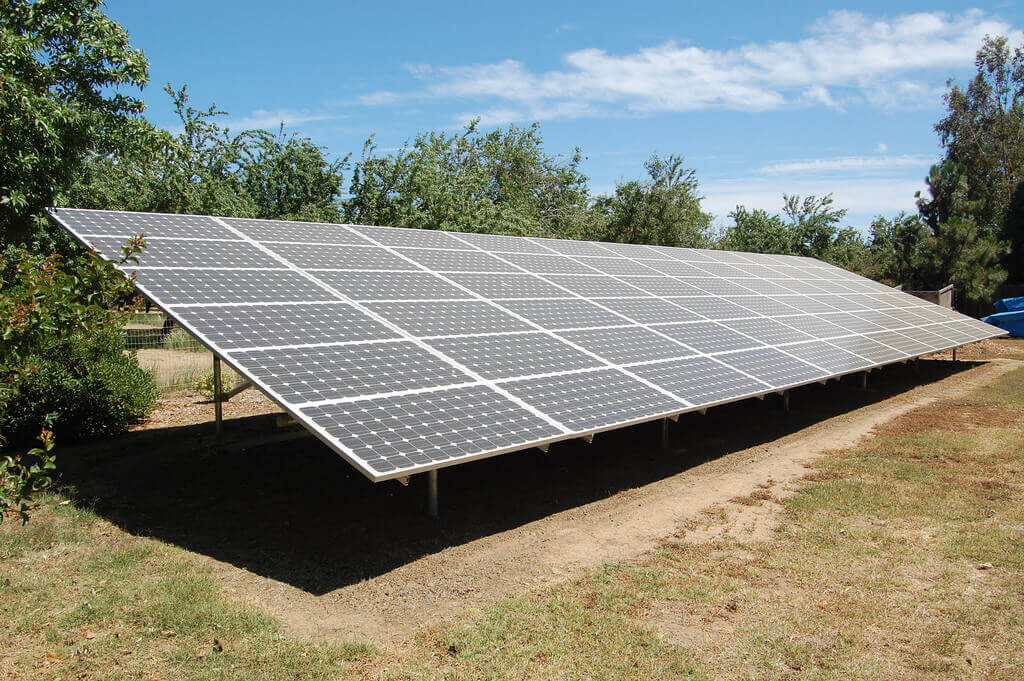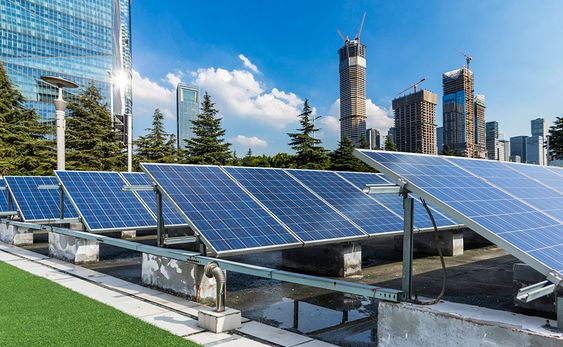Classification of solar photovoltaic brackets?
 Jan 14,2022
Jan 14,2022

 Rekesun
Rekesun
The solar photovoltaic bracket is a special bracket designed for placing, installing and fixing solar panels in the solar photovoltaic power generation system. At present, the commonly used solar photovoltaic brackets in my country are divided into three types: concrete brackets, steel brackets and aluminum alloy brackets.
1. Concrete support: It is mainly used in large photovoltaic power stations. Due to its heavy weight, it can only be placed in the field and in areas with good foundations, but it has high stability and can support large-sized panels.

2. Aluminum alloy bracket: generally used in the application of solar energy on the roof of civil buildings. Aluminum alloy has the characteristics of corrosion resistance, light weight, beautiful and durable, but its self-supporting capacity is low and cannot be used in solar power plant projects. In addition, the price of aluminum alloy is slightly higher than that of hot-dip galvanized steel.
3. Steel bracket: stable performance, mature manufacturing process, high bearing capacity, easy installation, widely used in civil, industrial solar photovoltaic and solar power plants. Among them, the section steels are all factory-produced, with uniform specifications, stable performance, excellent corrosion resistance and beautiful appearance.
It is worth mentioning that the on-site installation of the combined steel support system only requires the use of specially designed connectors to assemble the channel steel. The construction speed is fast and no welding is required, thus ensuring the integrity of the anti-corrosion layer. The disadvantage of this kind of product is that the connecting parts are complicated in technology, have a wide variety, and have high requirements on manufacturing and design, so they are expensive.

In order to obtain the maximum power output of the entire photovoltaic power generation system, combined with the geography, climate and solar resource conditions of the construction site, the solar modules are fixed in a certain orientation, arrangement and spacing. The support structure is usually a steel structure and an aluminum alloy structure. Or a mix of both.



 Home
Home Why are you optimistic about solar photovoltaic power generation?
Why are you optimistic about solar photovoltaic power generation? 







 syplighting.en.alibaba.com
syplighting.en.alibaba.com



